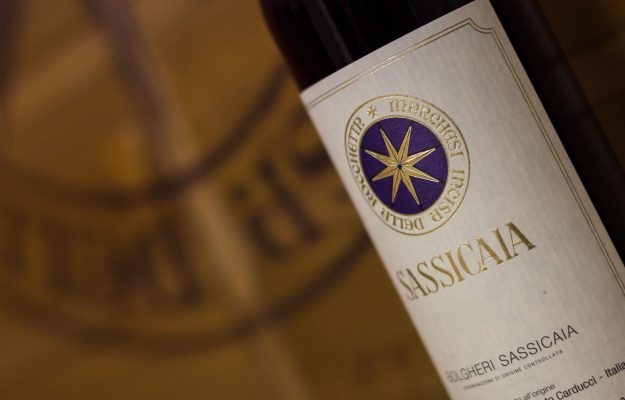In the large private collectors’ market, whose value before the Covid-19 crisis was estimated at 1,000 billion dollars, wine is making its way. This is nothing new, but it is important to note that fine wines are now a permanent part of the investments of every self-respecting collector, even if far from art, watches and jewelry, but close to vintage cars. With which it shares the good relationship between return and volatility, as revealed by Credit Suisse’s analysis, which compared the various real assets with financial assets. Noone of investments in collectibles guarantees the stability of luxury jewelry and luxury handbags, but if fine art is undoubtedly the most volatile and cyclical category, wine – as shown by the numbers of the Liv-ex 100, the “stock market” index of the secondary market of fine wine – guarantees annualized returns of 5.7% and with average volatility equal to 12.9%. In short, even in a critical moment like the one we are experiencing, investments in wine are among the safest. And not only focusing on the great French labels, but on Italian labels, especially Piedmontese ones, which in the last 12 months have grown more than Burgundy.
From the latest Liv-ex data, updates to October 31, 2020, it emerges that the Italy 100, formed by the last 10 physical years (2007-2016) of great Supertuscans such as Sassicaia, Masseto, Ornellaia and the great “triptych” of the Antinori family, namely Solaia, Tignanello and Guado al Tasso, and also Sorì San Lorenzo (vintages from 2006 to 2011 and from 2013 to 2016), Barbaresco (from 2077 to 2016) and Sperss (2005-2011 and 2013-2015) of Gaja, and the inevitable Barolo Monfortino Riserva of Giacomo Conterno (with vintages from 1999 to 2002, from 2004 to 2006 and then 2008, 2010 and 2013), grew by 3.8%, while the Burgundy 150 (focused on the 2008-2017 vintages of Armand Rousseau, Comte Vogue, Georges Roumier, Domaine Ponsot, Domaine Clos Tart, Bonneau Martray, Coche Dury, Domaine Leflaive and Joseph Drouhin, and Romanee Conti, on the 2006-2015 vintages of Echezeaux and Grands Echezeaux, and on the 2007-2016 vintages of Romanee Conti, Romanee Saint Vivant, Richebourg and La Tache) lost even -6.6%.
Copyright © 2000/2025
Contatti: info@winenews.it
Seguici anche su Twitter: @WineNewsIt
Seguici anche su Facebook: @winenewsit
Questo articolo è tratto dall'archivio di WineNews - Tutti i diritti riservati - Copyright © 2000/2025








































































































































































































